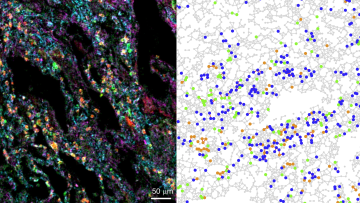For many systems (certainly those in biology, medicine and pharmacology) the mathematical models that are generated invariably include state variables that cannot be directly measured and associated model parameters, many of which may be unknown, and which also cannot be measured. For such systems there is also often limited access for inputs or perturbations. These limitations can cause immense problems when investigating the existence of hidden pathways or attempting to estimate unknown parameters and this can severely hinder model validation. It is therefore highly desirable to have a formal approach to determine what additional inputs and/or measurements are necessary in order to reduce or remove these limitations and permit the derivation of models that can be used for practical purposes with greater confidence.
Structural identifiability arises in the inverse problem of inferring from the known, or assumed, properties of a biomedical or biological system a suitable model structure and estimates for the corresponding rate constants and other model parameters. Structural identifiability analysis considers the uniqueness of the unknown model parameters from the input-output structure corresponding to proposed experiments to collect data for parameter estimation (under an assumption of the availability of continuous, noise-free observations). This is an important, but often overlooked, theoretical prerequisite to experiment design, system identification and parameter estimation, since estimates for unidentifiable parameters are effectively meaningless. If parameter estimates are to be used to inform about intervention or inhibition strategies, or other critical decisions, then it is essential that the parameters be uniquely identifiable.
Numerous techniques for performing a structural identifiability analysis on linear parametric models exist and this is a well-understood topic. In comparison, there are relatively few techniques available for nonlinear systems (the Taylor series approach, similarity transformation-based approaches, differential algebra techniques and the more recent observable normal form approach and symmetries approaches) and significant (symbolic) computational problems can arise, even for relatively simple models in applying these techniques.
In this talk an introduction to structural identifiability analysis will be provided demonstrating the application of the techniques available to both linear and nonlinear parameterised systems and to models of (nonlinear mixed effects) population nature.


